How to clean and care for tack and all items of saddlery
Cleaning saddles and bridles, or tack as it is known collectively can be satisfying, or a chore, depending on the condition of it and whether it is cleaned and looked after on a regular basis.
Seeing a tack room with rows of supple shiny bridle work hanging up together with a collection of clean, well-oiled, and polished saddles is rewarding, as well as ensuring the leather work is kept in the best condition.
Depending on whether you are going for a deep clean or a daily wipe over, you will still need:
- Two small sponges (the wash up sponges are best).
- Bowl or bucket of hot water (this need to be as hot to the touch as you can bear)
- Small towel
- Soft cotton cloth (for polishing metalware)
- Cocktail or matchstick for poking out the dirt from the holes in the bridle and stirrup leathers
- Brass or silver cleaner for buffing up brass, nickel, or steel fastenings
- Stiff nail brush for stubborn areas of grease
- Glycerine soap in a solid bar or in a spray
- Conditioning leather balm to provide extra nourishment
- Conditioning oil to soften old, stiff leatherwork, or to encourage new leather to soften
Daily Cleaning
For a daily clean and wipe over, hang up the bridle and accessories from a hanging hook. Pull out the leathers from the keepers but keep all the buckles done up. Remove the saddle cloth and girth from the saddle and put aside. Pull stirrups down so that the leathers can be wiped down, and stirrups wiped off.
Using very warm water and sponge, wipe over all the leather work paying particular attention to the buckle areas, checking for wear to stitching. Soak the bit in clean water and wipe dry with a towel. Using a matchstick or cocktail stick, clean out excess grease and soap from buckle holes.
Wipe excess moisture from the leather work before using a dry sponge to apply the glycerine soap or spray to give a final finish. Tidy the bridle by putting leather work back into keeps, thread the throat lash through the reins to keep the reins up and out of the way, and finish by doing up the noseband before hanging back up on a wall bracket in the tack room.
For saddles and girths, wipe over all areas with a damp sponge, paying particular attention to the undersides of the saddle, and girth straps, looking for any weak stitching or damage to the leatherwork.
Deep cleaning or tack
Giving tack a deep clean on a regular basis or after a muddy day out, will take a little longer, but is essential for keeping all leather work sound, safe and supple.
For particularly muddy or wet saddles and bridle ware, strip down, and wash off thoroughly, using warm water. A nail brush is handy to use to scrub stirrups, martingales, girths and other areas where thick grease and mud have accumulated. Once all the saddlery has been cleaned off, move on to the bridle, and strip down completely.
Undoing all buckles and dismantling the bridle is a good way to double check stitching and metal work. It also ensures that all the parts that get missed when it has its daily wipe over, do get attended to on a regular basis.
Wipe thoroughly all the bridle parts, as well as soaking the bit in clean water. Once everything has been washed, dry all the leatherwork with a towel before applying a leather conditioning balm such as our Leather Luxe. This will ensure that the leather is given a good feed and will help with restoring softness and suppleness to the leather.
If the leather is very dry or hard, use a saddle conditioning oil. Apply with a sponge or and allow to soak in. Several applications maybe needed depending on the condition and age of the saddlery that needs reviving.
For a final high shine, a glycerine spray can be applied such as Leather Care, this is best used once the Leather Luxe balm has been allowed to soak in overnight. The Leather Care Glycerine spray will protect and give shine and is ideal for a last-minute wipe over before going into the competition arena.
Restoring saddlery that has been stored in a damp tack room
Tack that has been left in a tack room during the winter months, can easily become mouldy, with a layer of grey mould appearing once the temperature starts to drop in the Autumn. If the tack room is heated, then this shouldn’t be a problem, it only causes issues if the tack room or saddle store is left unheated and becomes damp.
Once the spores are on the leather work, it's best to remove with a solution of very warm water mixed with disinfectant or a bactericide. Wash or disregard the cloth or sponge after, as it may well carry spores onto more saddlery. Dry thoroughly with a clean towel before applying Leather luxe, a beeswax based conditioning balm. This will help to provide a barrier from the damp air, and keep the leatherwork protected.
Cover the saddle with a cloth or blanket as well as putting a saddle cover over to keep the saddle as dry and warm as possible.
Greenhouse heaters are low energy and will take the chill away from a damp tack room. Ideally the tack room needs to be insulated and heated at a low level during the winter months.


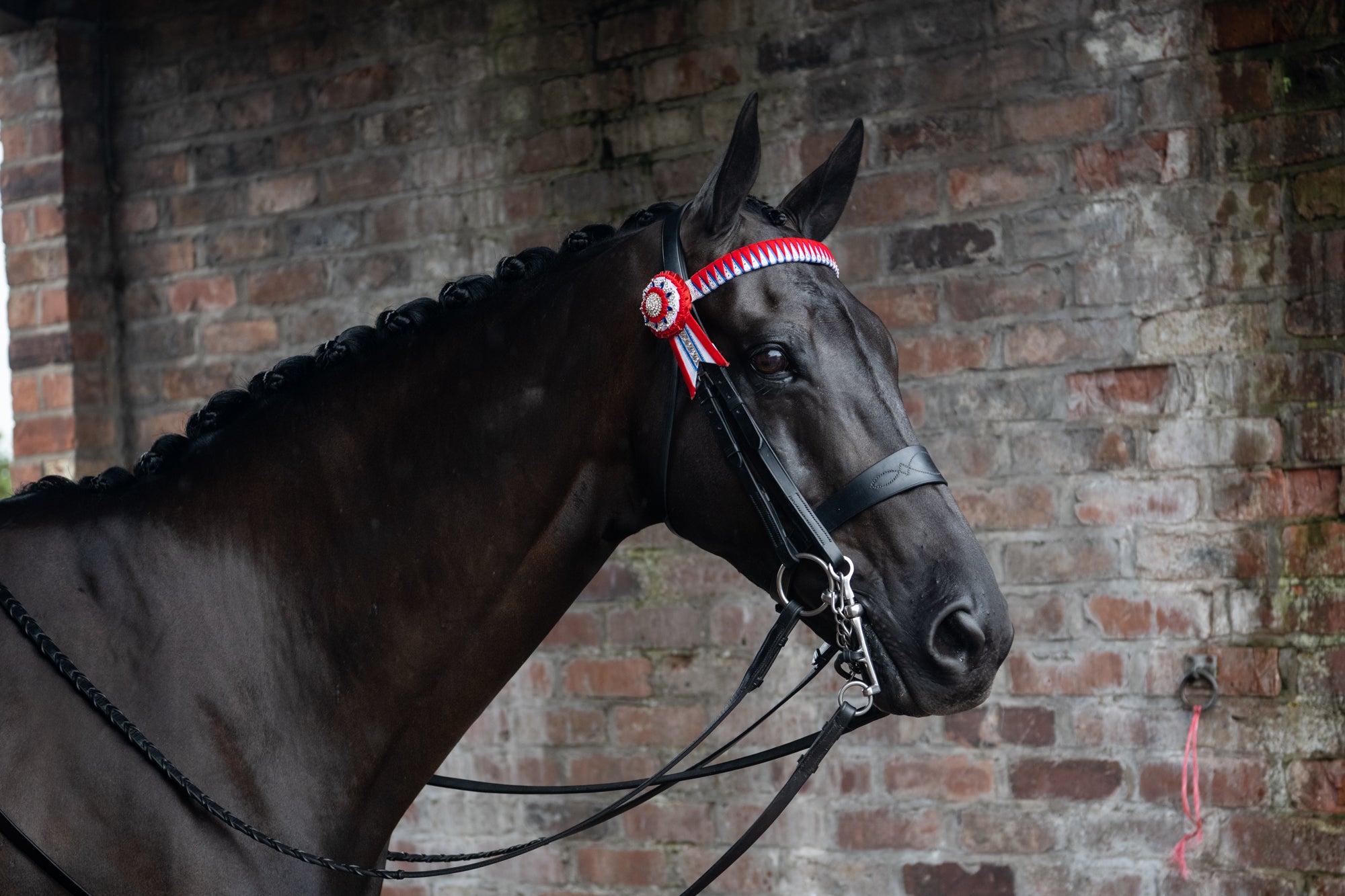
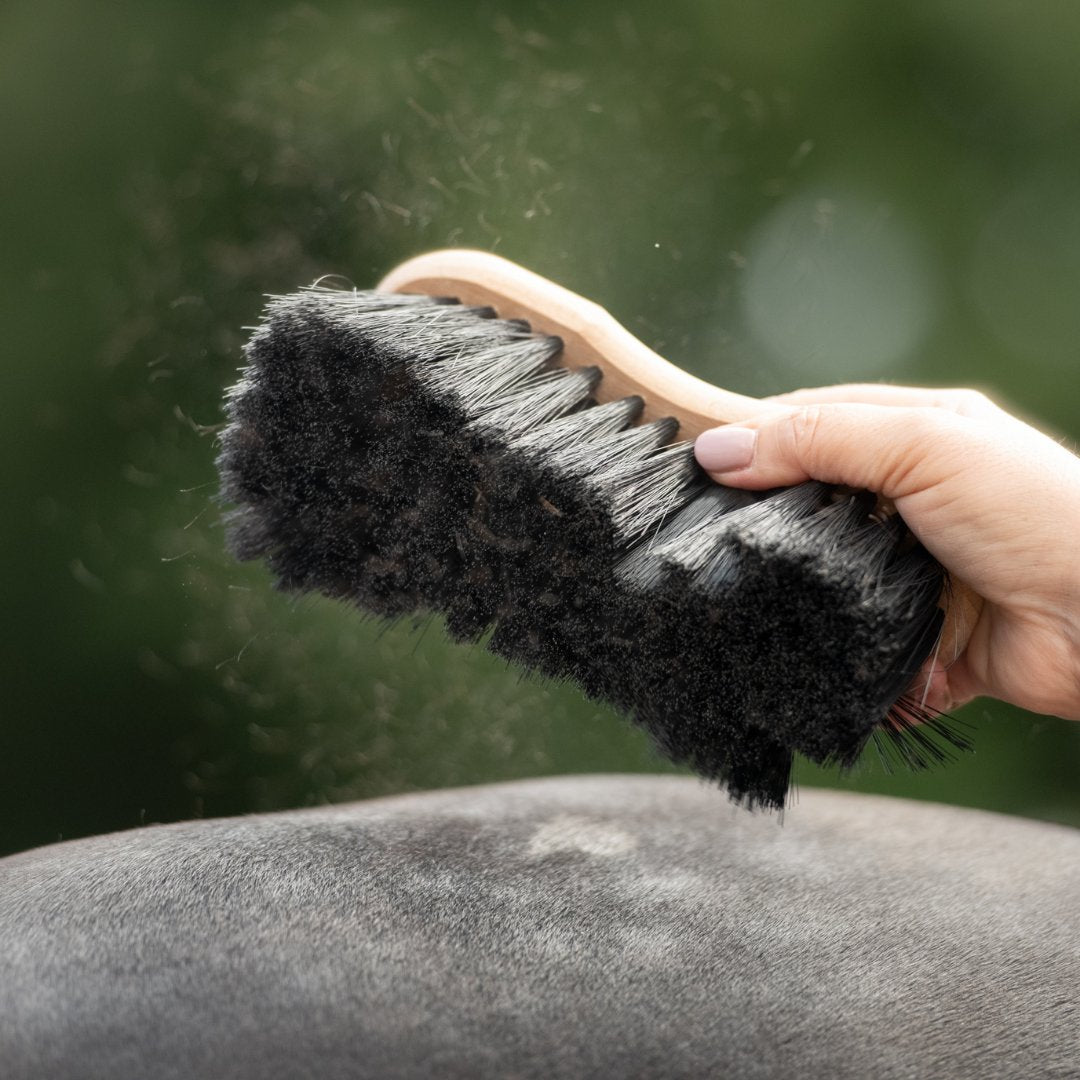
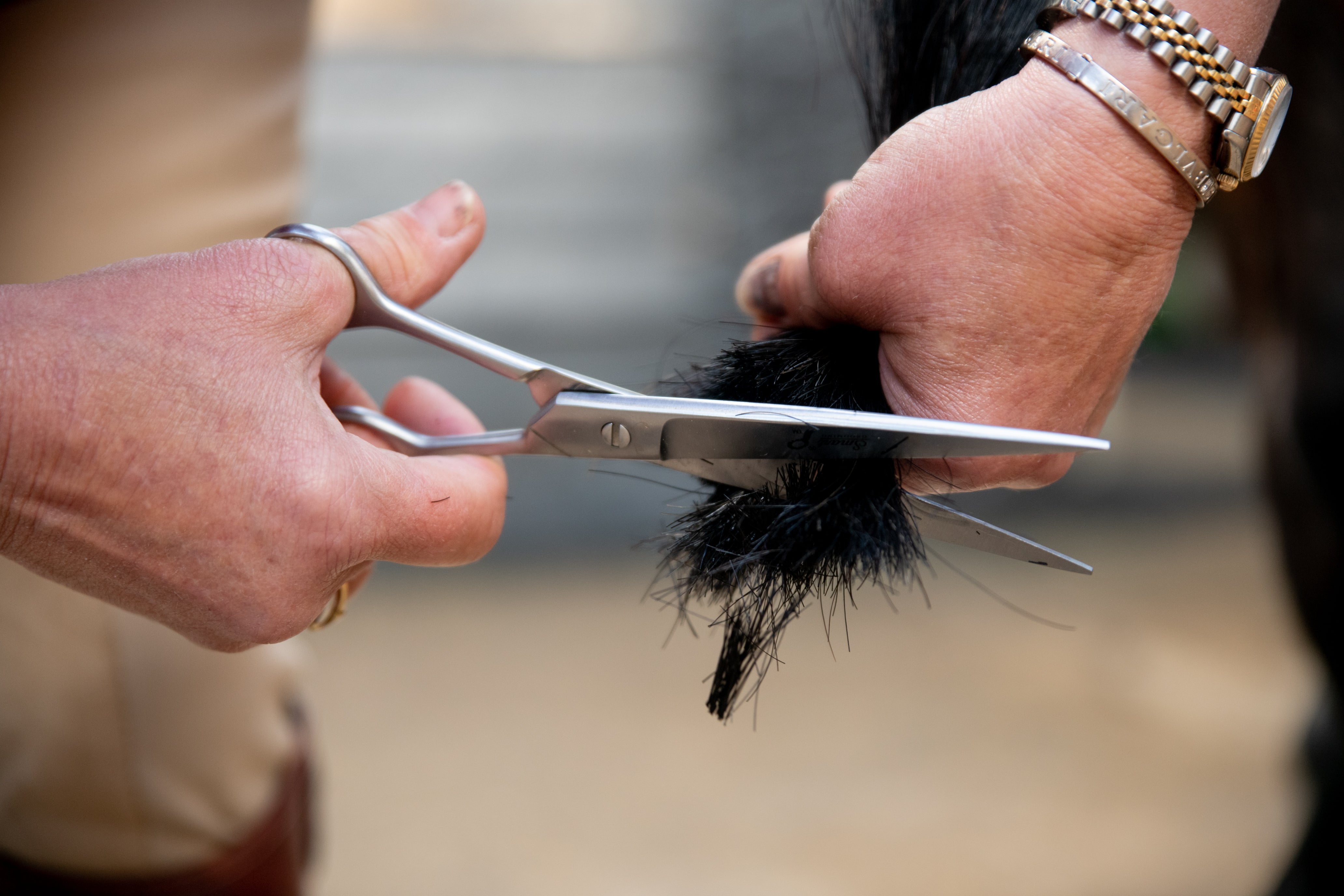

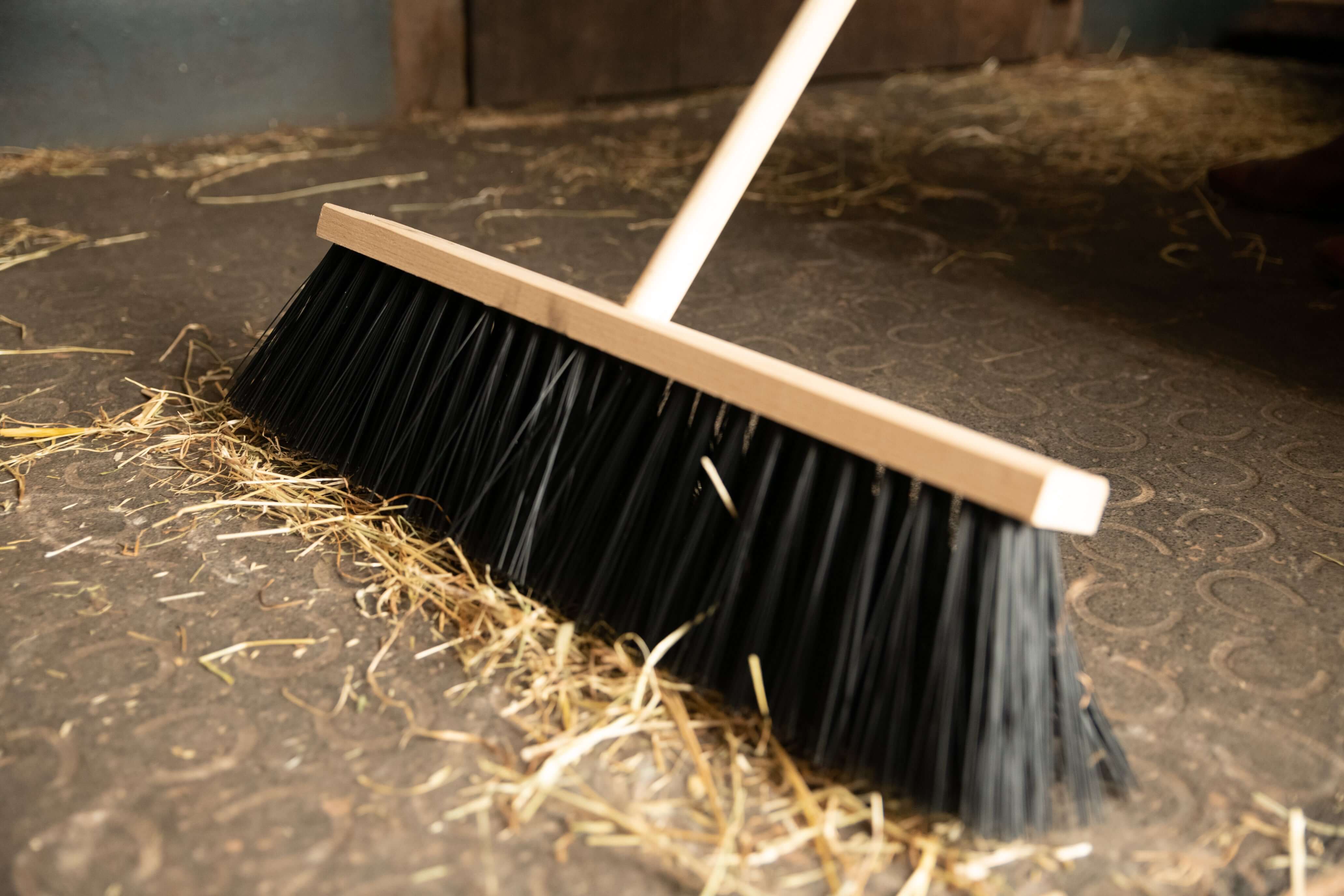
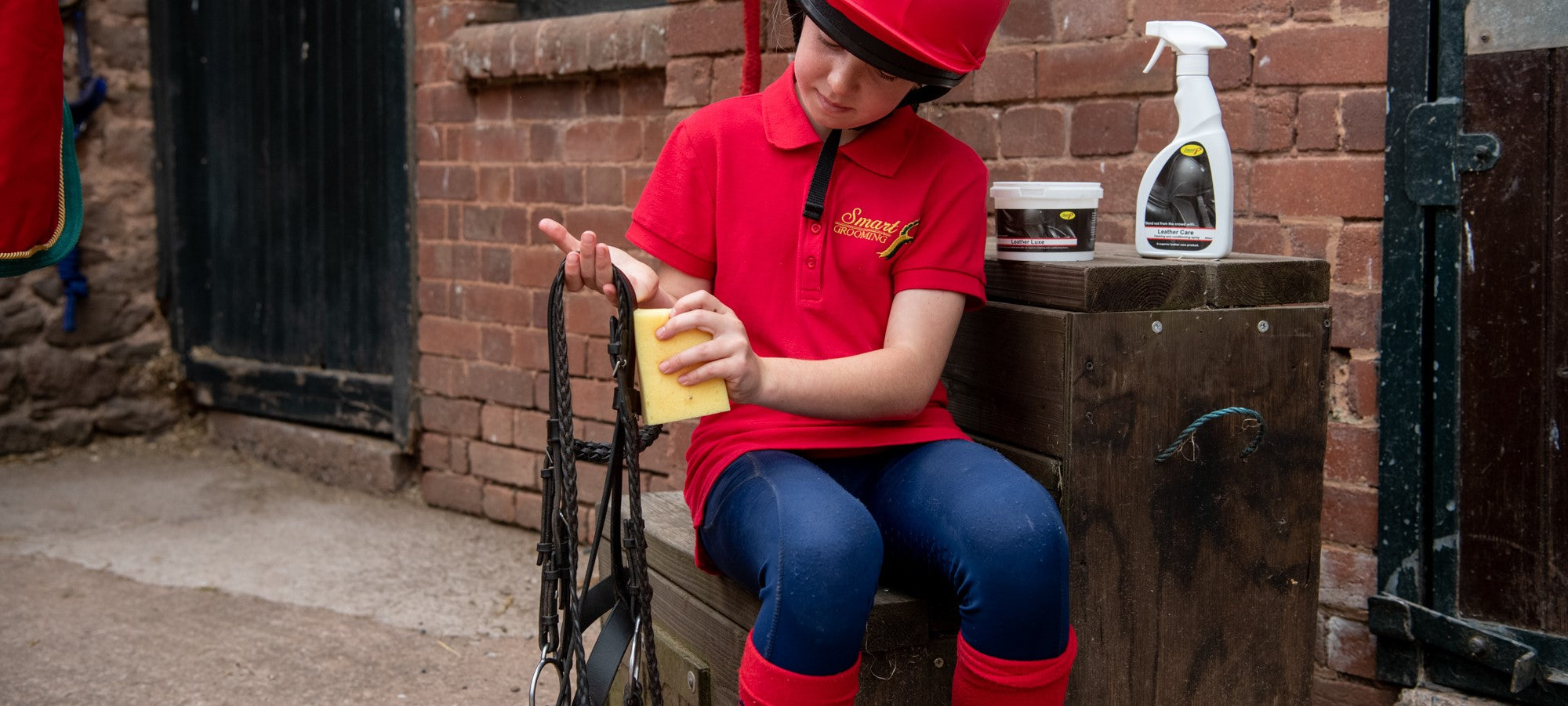
Leave a comment